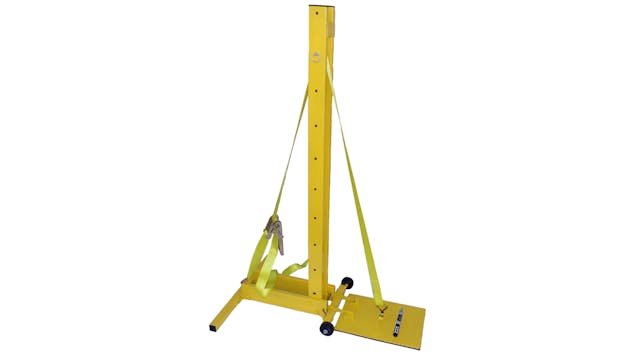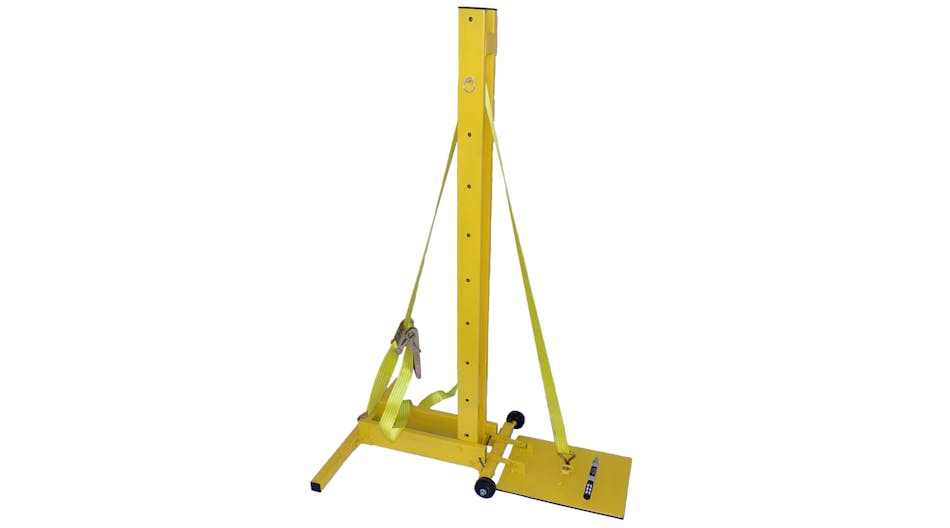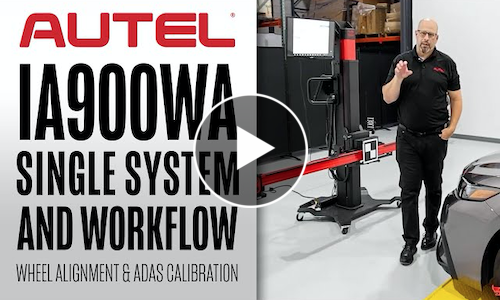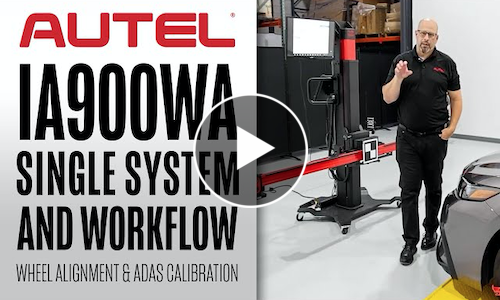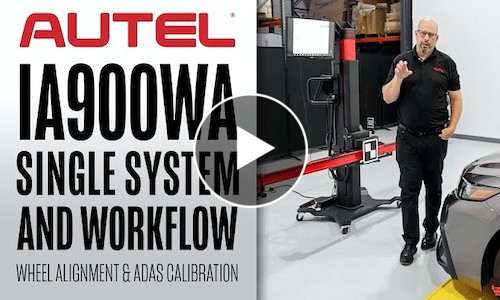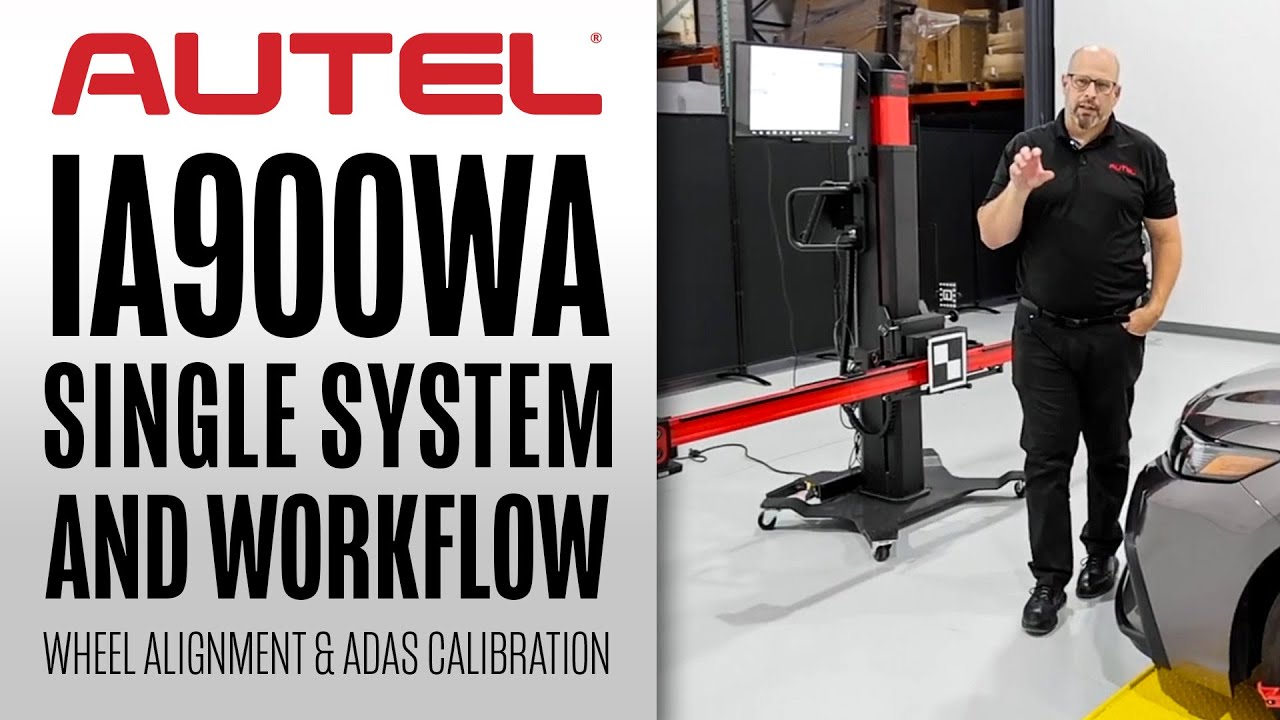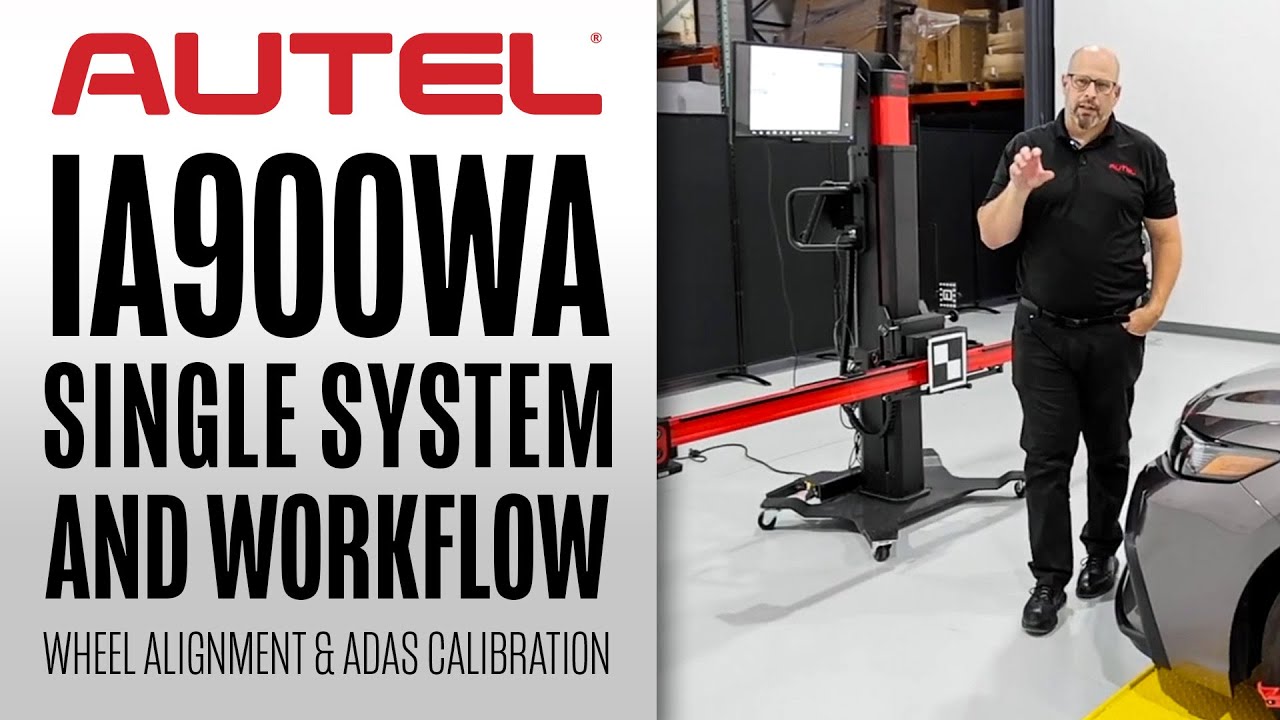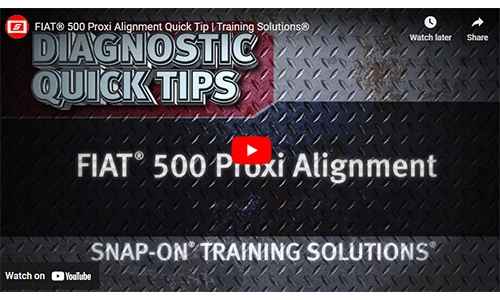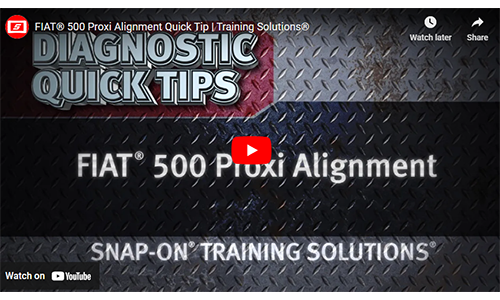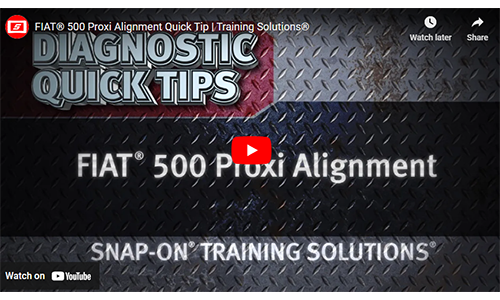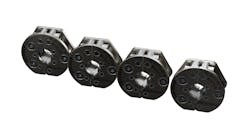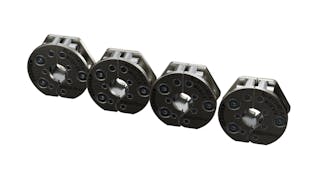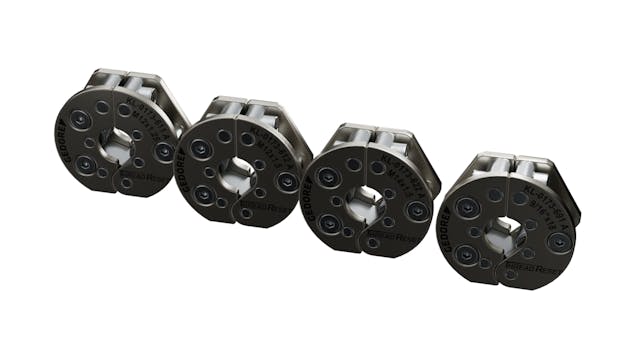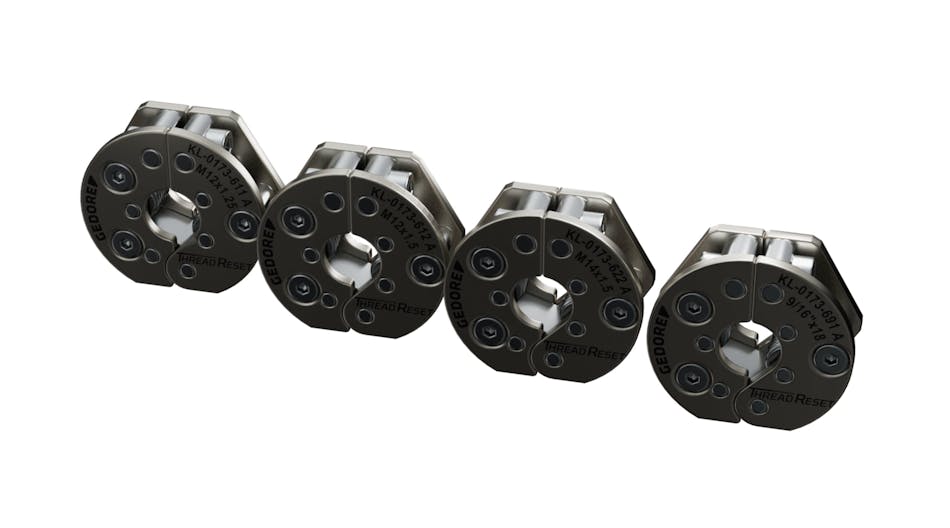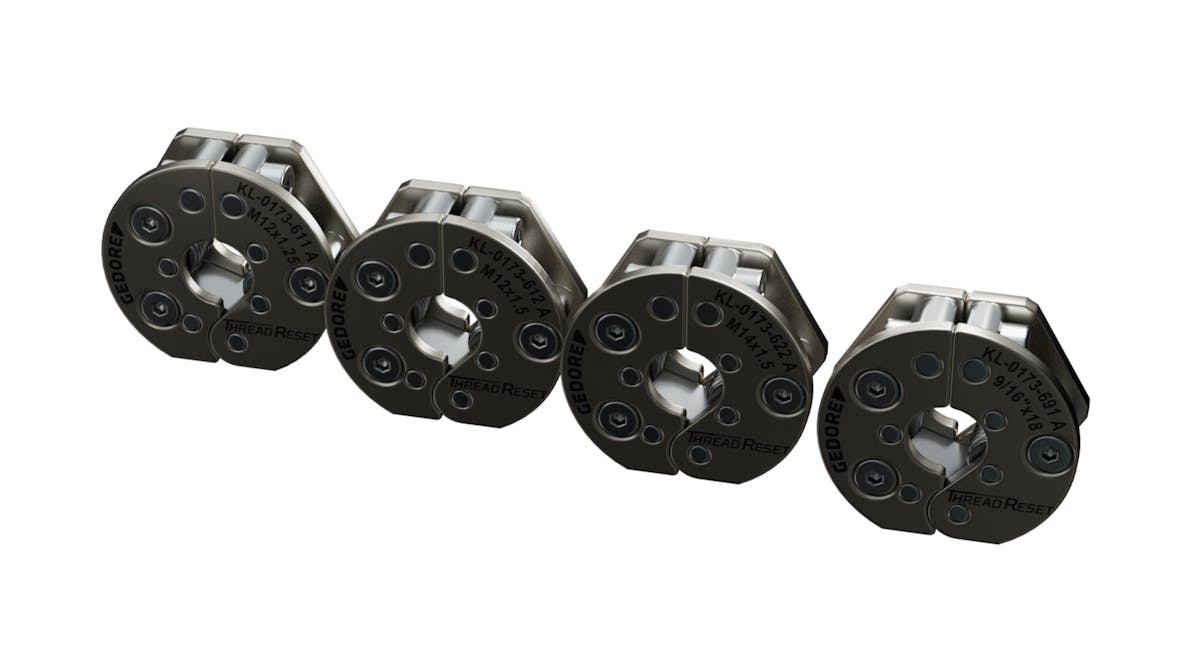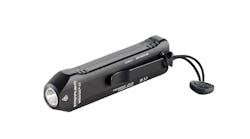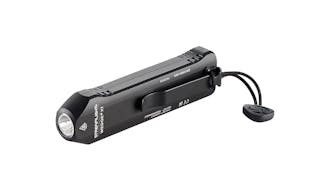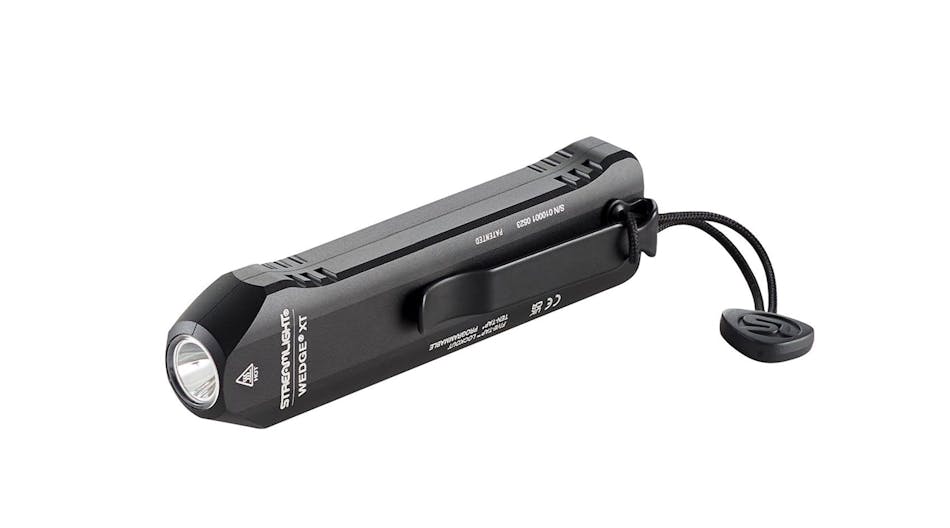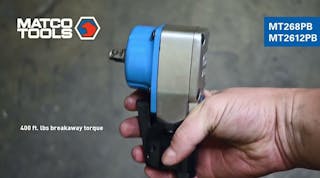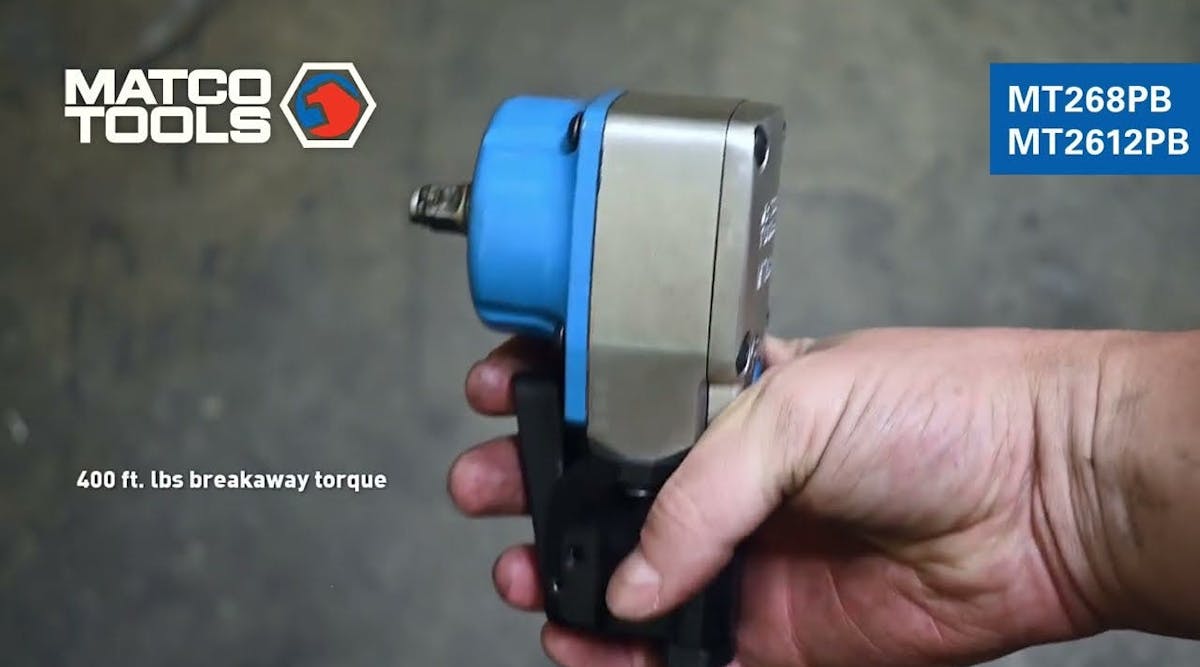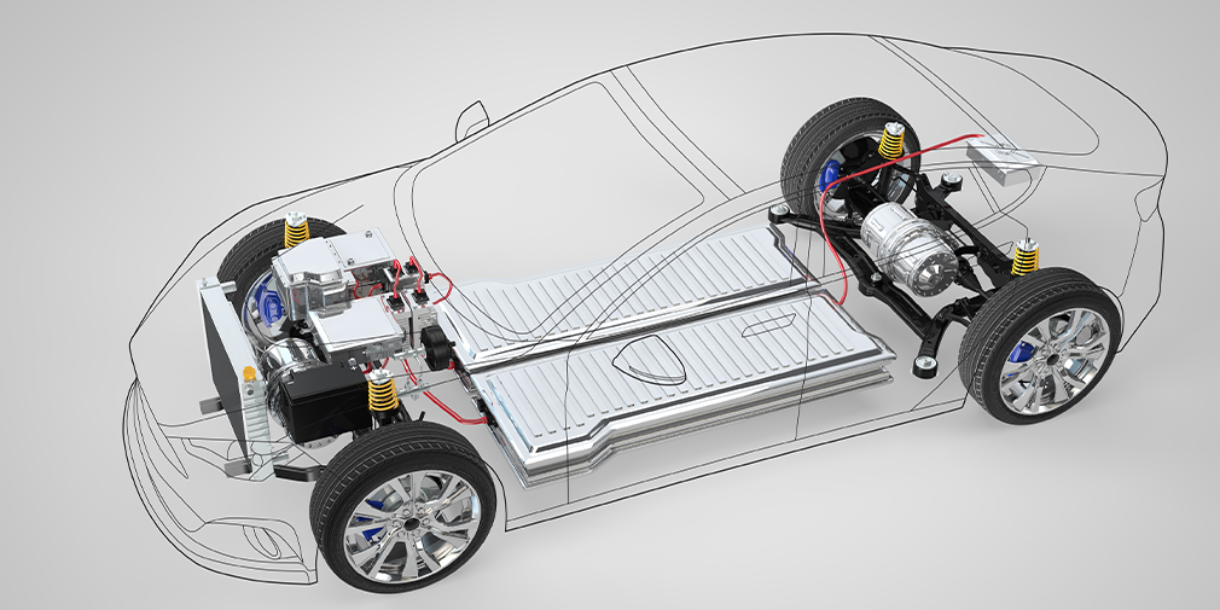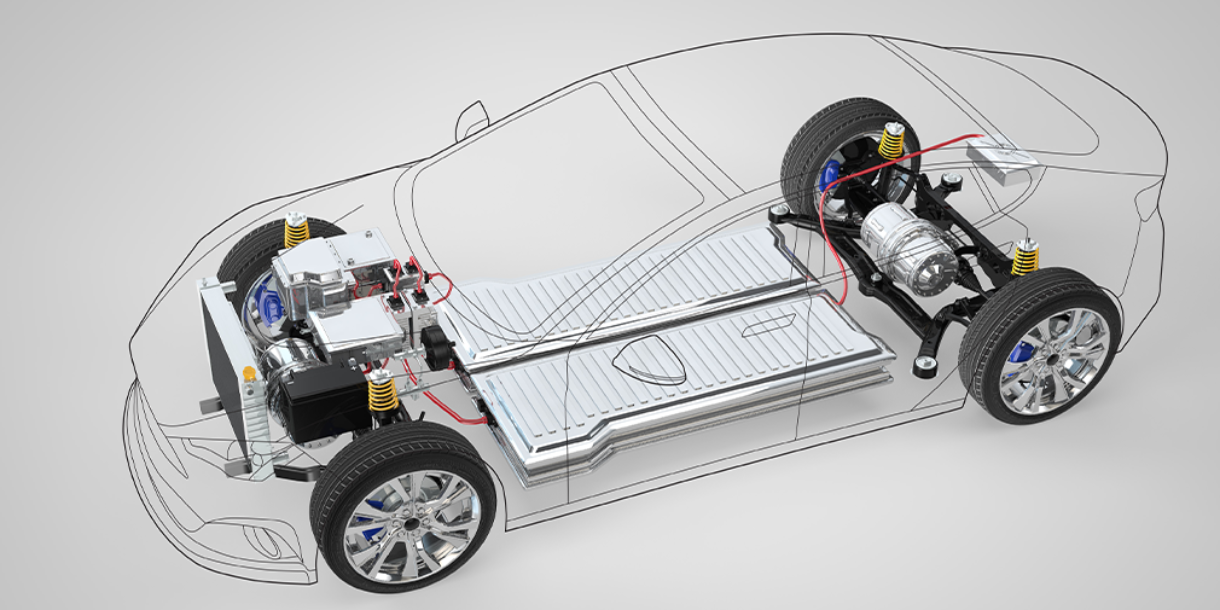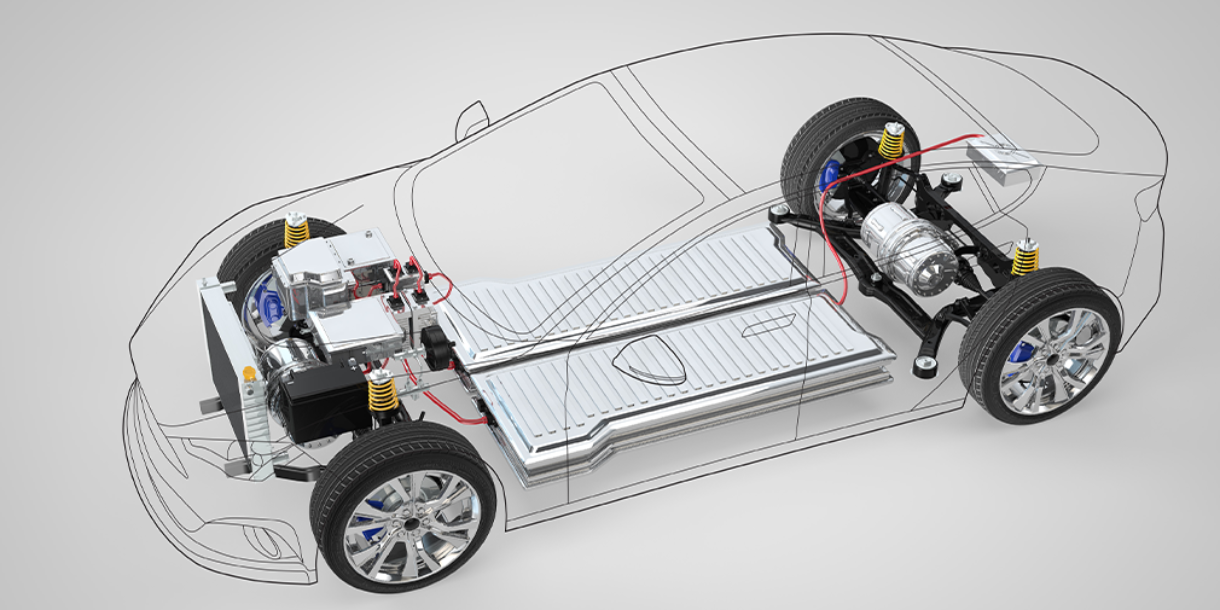Content brought to you by PTEN. To subscribe, click here.
Q: How did the tool/equipment function as far as saving you time?
A: This ANSED HU31035 Sensor Simulator eliminates quite a few steps in the diagnostic process. Without the simulator, the process of verifying the circuit and, in many cases, the ECU’s functionality, is more time-consuming.
Q: How has using this tool impacted your shop’s profitability?
A: The sensor simulator allows us to confidently determine the root cause of the concern more efficiently. Being more efficient means being more profitable.
Q: What kind of setup was involved before using the product?
A: There’s not really much setup time. We read through the user manual, connected the device to the vehicle’s battery, and started experimenting with the tool. Initially, we used a voltmeter and scope to monitor the tool's output. Once we understood the tool, we could then use it to diagnose cars.
Q: How easy was it to use?
A: The tool is very easy to use. There are only six buttons so navigating the user interface is very simple.
Q: How was its packaging? Did it come with any accessories?
A: This tool comes in a plastic, reinforced clamshell case with a zipper. It reminds me of a tiny hard-shell carry-on airline travel bag. This set includes the sensor simulator with attached battery cables. The cables are nice and professional. Where the cable is molded to the alligator clips looks strong and reliable. There is one red test lead and one black test lead with banana connections on both ends. This allows you to connect any probe or accessory with the same banana-style plug. There are two DVOM-style test probes and two leads with alligator clips. Also included in the case are a user manual, promotional flier, and specification forms that include links to videos describing how to use the tool.
Q: Was there a manual included? If so, did you use the manual, and was the manual easy to understand?
A: The user manual was included. It could use more text. I don’t know why tool companies are going more with Ikea-type picture walkthroughs that don’t include text. Sometimes the text is needed to understand what the pictures are trying to demonstrate. I’m sure that the video links would have helped, but a user should be able to read through a manual and understand exactly how to use the tool.
Q: What features did you like?
A: I liked being able to vary the resistance while monitoring scan data to verify that the circuit and ECU were functioning as designed. I also liked being able to do the same with fixed voltage or producing digital or analog waveforms.
Q: What types of jobs/repairs did you use this tool for? Please provide a few specific examples.
A: We used this to simulate a wheel speed sensor when diagnosing the cause of an illuminated ABS warning light. We connected the simulator to the harness (with the sensor still connected), then adjusted the frequency output and monitored the wheel speed data on a scan tool. This allowed us to verify the circuit and ECU’s functionality.
We used the variable voltage feature to determine the cause of an erratic cruise control system. After determining the voltage output on the cruise control circuit for each switch state, we used the simulator to produce the proper voltage and monitored the button positions' parameters on the scan tool. We did this upstream and downstream of the clock spring and determined that the clock spring was the cause of the concern.
Q: How does this tool compare to other tools you’ve used like it?
A: Not applicable.
Q: Is there any way you could think of improving or adding to this tool?
A: It would be nice if the battery cables had an inline connection that allowed the user to use alligator clips to connect directly to the battery and a second option for connecting to a power outlet in the vehicle.
I would like to have longer battery cables so we could connect to the battery and still be able to test at most places on the vehicle. As well as this, I would like the manual to be more thorough and the cast to be a little larger.
Q: On a scale of 1 to 10, how would you rate this tool overall? Why?
A: I love this tool! Sliced bread doesn’t have anything on sensor simulators. I rate this tool a nine only because of the suggested improvements I described above. Otherwise, I’m very happy with the tool and would recommend it to any of my friends or colleagues.


